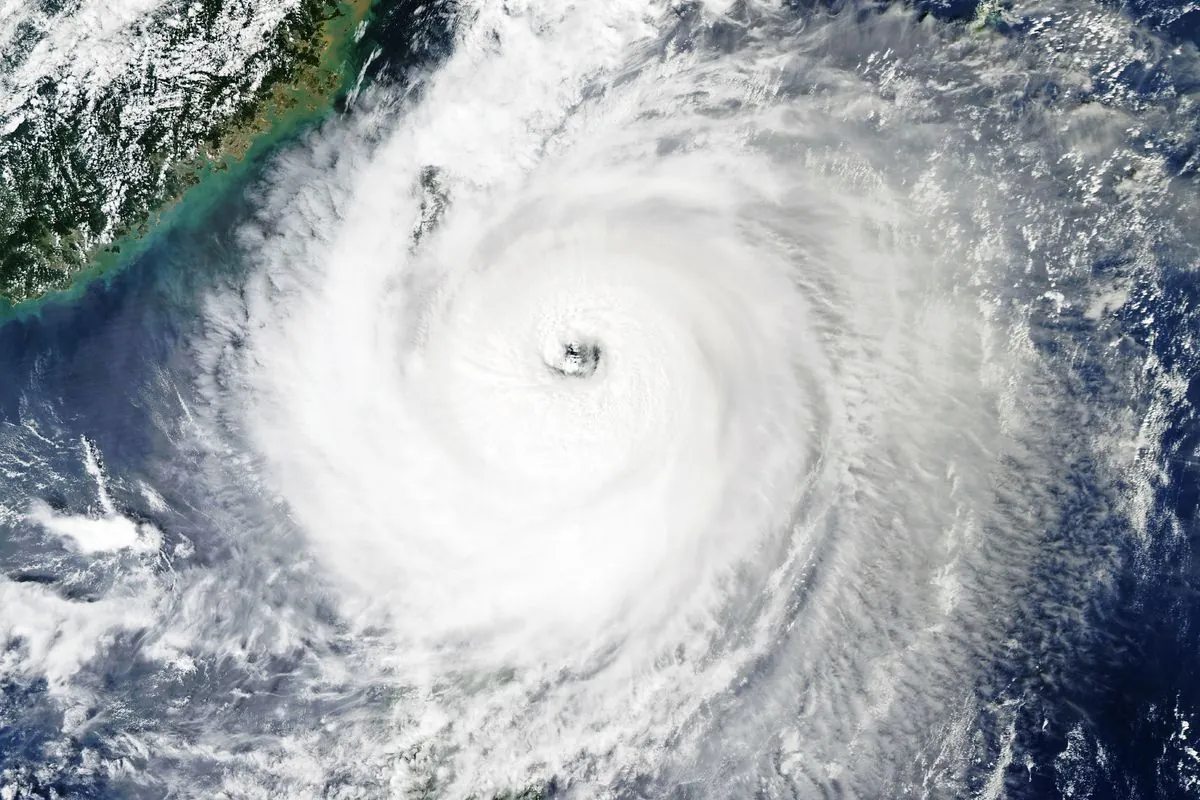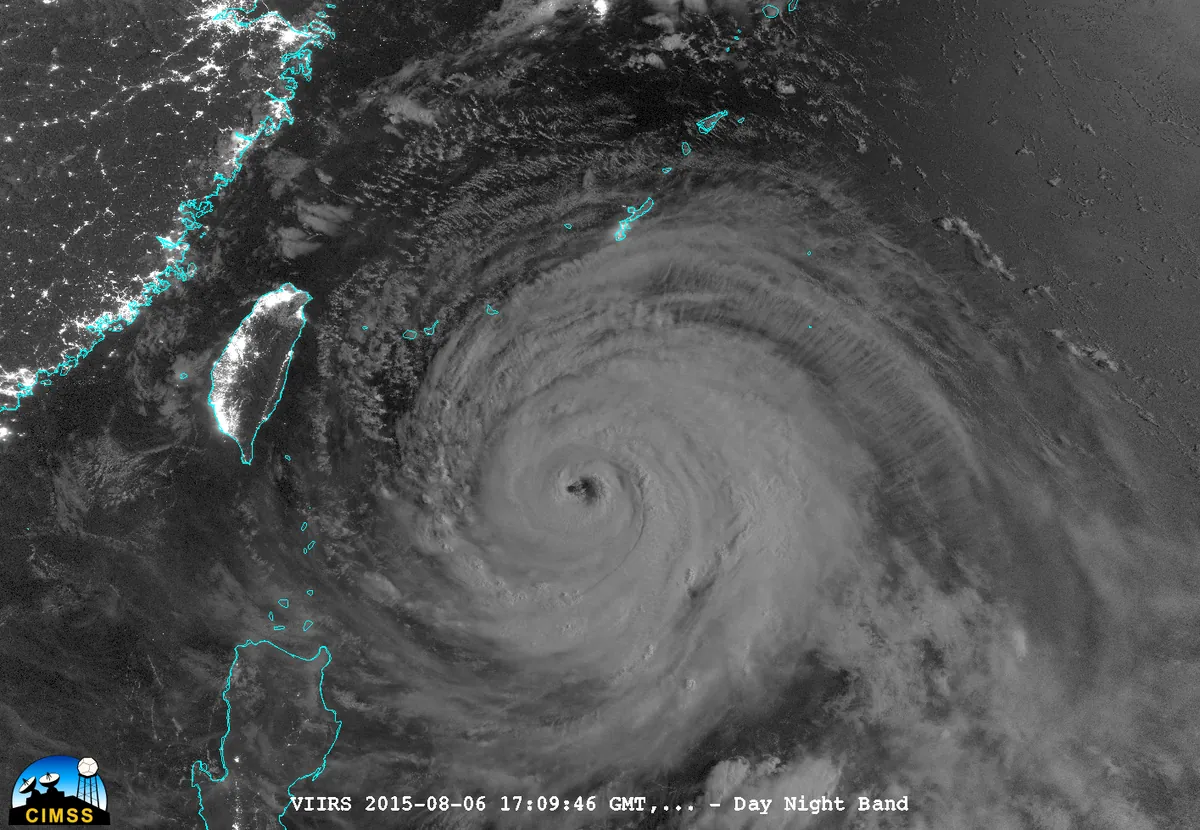Typhoon Krathon Approaches Taiwan: Massive Evacuations Underway
Typhoon Krathon advances towards Taiwan, prompting large-scale evacuations. Authorities brace for impact as the storm, with winds up to 173 kph, is set to make an unusual landfall on the island's west coast.

As of October 2, 2024, Taiwan is bracing for the imminent arrival of Typhoon Krathon, a powerful storm system that has triggered widespread evacuations and safety measures across the island. The typhoon, characterized by strong winds and torrential rainfall, is slowly advancing towards Taiwan's densely populated west coast, an unusual trajectory for such storms.
In the past four days, coastal Taitung County has experienced a staggering 93 centimeters (3 feet) of rainfall, while the major port city of Kaohsiung has recorded 29 centimeters (11.4 inches). These heavy rains are a precursor to the main event, as Typhoon Krathon is expected to make landfall early on October 3, 2024.
The Central Weather Administration, established in 1941, reports that Krathon is packing maximum sustained winds of 173 kph (108 mph) near its center, with gusts reaching 209 kph (130 mph). This intensity has prompted authorities to implement extensive precautionary measures.
Across Taiwan, which has one of the highest population densities in the world with over 650 people per square kilometer, schools and government offices have been closed, and all domestic flights have been canceled. In Hualien County, known for its mountainous terrain and popularity among tourists, more than 3,000 residents have been evacuated from areas vulnerable to landslides. Similarly, nearly 200 people in Tainan, Taiwan's oldest city with a history dating back to the 17th century, and over 800 residents of Pingtung County, the southernmost county of Taiwan, have been moved to safer locations.

Chen Chi-mai, the mayor of Kaohsiung, Taiwan's largest port and third most populous city, has issued stern warnings to residents, urging them to avoid areas prone to flooding and landslides near rivers, the sea, and mountains. The mayor drew parallels between Krathon's intensity and that of Typhoon Thelma, which devastated Kaohsiung in 1977, resulting in 37 fatalities.
The impending threat has led to widespread closures in Kaohsiung, with most stores and restaurants remaining shuttered for a second consecutive day. Residents have rushed to stock up on essentials, depleting supermarket shelves of items such as bread, meats, and instant noodles.
In preparation for potential rescue operations, nearly 40,000 troops are on standby. This readiness reflects Taiwan's annual military drills designed to prepare for natural disasters, including typhoons. The island's Central Emergency Operation Center is coordinating the disaster response efforts.
It's worth noting that Taiwan, formed by the collision of tectonic plates, is no stranger to natural hazards. The island experiences an average of 3-4 typhoons making landfall each year, with the typhoon season typically running from June to October. However, Krathon's expected landfall on the west coast is unusual, as typhoons more commonly affect the mountainous eastern side of the island.
The approach of Typhoon Krathon highlights the broader context of tropical cyclones in the region. The Western Pacific basin, where Taiwan is located, is the most active tropical cyclone basin in the world. Neighboring Philippines, for instance, experiences an average of 20 tropical cyclones annually. In fact, Krathon had already impacted the northern Philippine islands on September 30, 2024, resulting in four casualties and displacing at least 5,000 people.
As Taiwan prepares for Krathon's landfall, the island's unique geography plays a crucial role. The Taiwan Strait, separating the island from mainland China, is approximately 180 km (110 miles) wide at its narrowest point. The island's highest peak, Yushan, stands at an impressive 3,952 meters (12,966 feet) above sea level. This mountainous terrain can enhance rainfall during typhoons due to orographic lifting, potentially exacerbating the storm's impact.
Climate scientists warn that the intensity of typhoons in the Western Pacific region is expected to increase due to climate change, underscoring the importance of robust disaster preparedness and response systems. As Typhoon Krathon approaches, Taiwan's experience in dealing with such natural disasters will be put to the test once again.


































